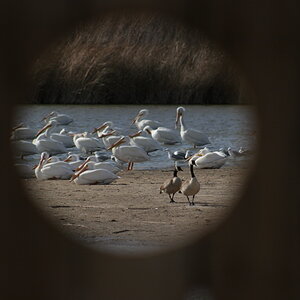Hello Photo Forum,
Saying I'm a beginner is an understatement. I build high end homes and would like to try to take photos of them for my website.
I never used a manual setting on a camera until I recently purchased a Nikon D3100, 12 days ago.
Could anyone tell me what I have to do to get my picture like the one below???
My photo is on the left, the photo I would like to try and mimic is on the right (click on link).
My settings were f-8, exposure 1/3 sec, ISO 1250, 18mm, no flash
White Balance setting was Fluorescent, Mercury Vapor lamps.
I'm so excited for real photographers to look at my photo, critique it, and tell me what I have to do to make it better.
Thank you for looking and your feedback.
Brian
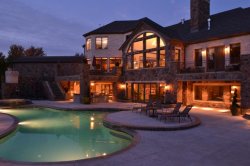 http://hendelhomes.com/christmas-lake/
http://hendelhomes.com/christmas-lake/
Saying I'm a beginner is an understatement. I build high end homes and would like to try to take photos of them for my website.
I never used a manual setting on a camera until I recently purchased a Nikon D3100, 12 days ago.
Could anyone tell me what I have to do to get my picture like the one below???
My photo is on the left, the photo I would like to try and mimic is on the right (click on link).
My settings were f-8, exposure 1/3 sec, ISO 1250, 18mm, no flash
White Balance setting was Fluorescent, Mercury Vapor lamps.
I'm so excited for real photographers to look at my photo, critique it, and tell me what I have to do to make it better.
Thank you for looking and your feedback.
Brian
 http://hendelhomes.com/christmas-lake/
http://hendelhomes.com/christmas-lake/
Last edited by a moderator:


![[No title]](/data/xfmg/thumbnail/37/37524-6c51828efbc2361f9cfed53f63f28aa2.jpg?1619738130)
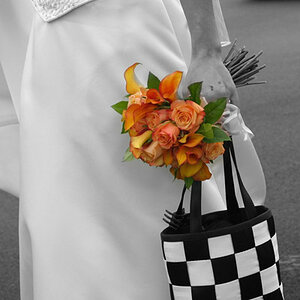
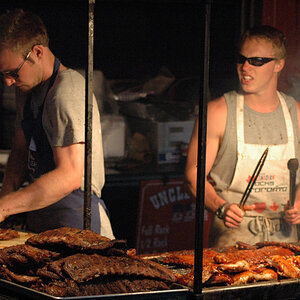
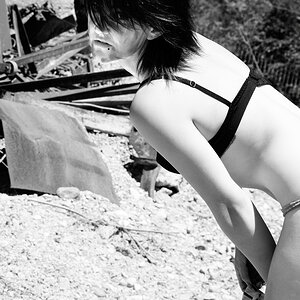

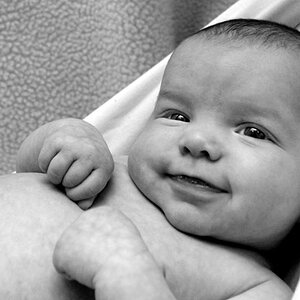
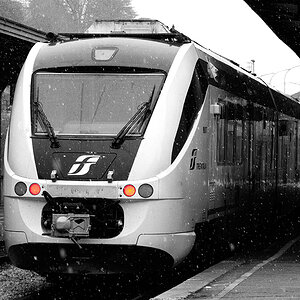
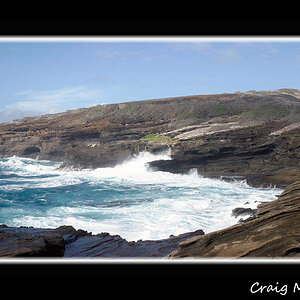
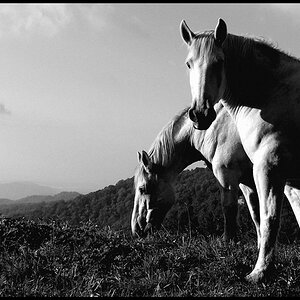
![[No title]](/data/xfmg/thumbnail/37/37521-5e19cc15e190997d963ed09c3c13ca9c.jpg?1619738129)
![[No title]](/data/xfmg/thumbnail/37/37520-d3e4d6582aa2781be7abf64e8651db45.jpg?1619738128)
